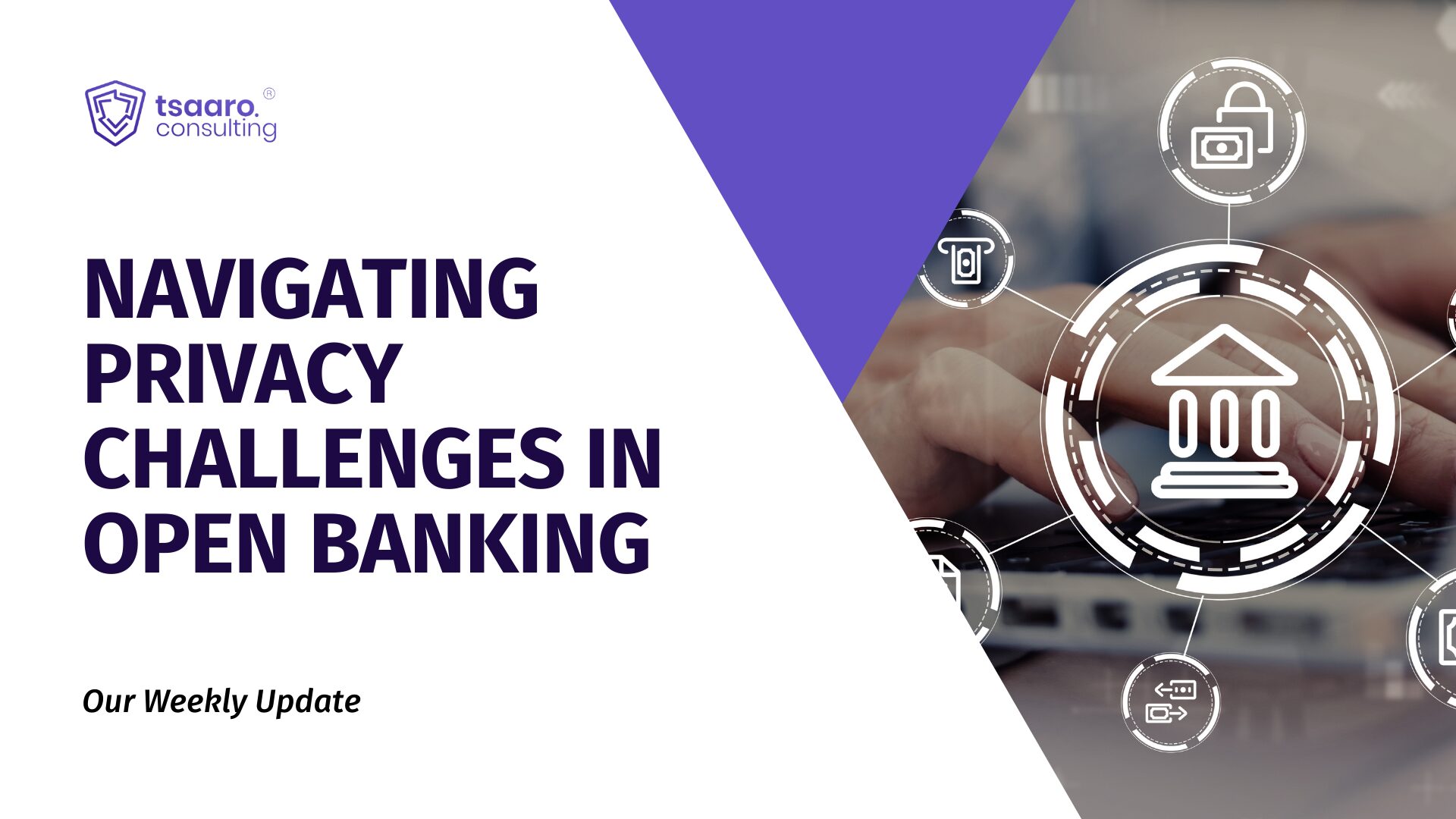Introduction
In a recent survey conducted roughly a 58 million Americans identify as independent workers, who are not employed in the conventional employment jobs. This was a significant rise from the numbers collected in 2016, by 27%. Independent jobs consist of people ranging from highest paid actors to independent legal practitioners to up and coming artists in the entertainment industry to even homeowners who rent out their properties on short term basis. Additionally, workers who are engaged in “side hustles” along with their normal source of income also fall under this category. Such economic activities make up the gig economy in the society.
Understanding gig economy in the Indian ecosystem
In India, according to a BCG report, India’s gig workforce comprises of roughly 15 million individuals employed across various sectors including software, shared services and professional services. The gig economy in India is significant and hence holds substantial potential for growth. Approximately, 56% of the new employment in the country is attributed to gig economy organizations, encompassing both the blue-collar and white-collar workers. While the gig economy is predominantly seen in blue-collar roles, there is a growing demand for gig workers in white-collar positions such as project-specific consultants, salesperson, web designers, content writers and software developers. It is projected that as India aims to achieve its goal of becoming a USD 5 trillion economy by 2025, the gig economy is expected to play a pivotal role in addressing the income disparities and unemployment challenges.
According to a survey by McKinsey on independent work report suggests that specialists like lawyers, accountants, social-media influencers and actors earn more than $150,000 per year. But the younger demography of the economy who are less trained and skilled face the challenge of lower and unstable income. The majority of the gig economy and the gig workers are affiliated to the digital services functioning on the digital platforms like ride-hailing apps, food delivery apps and holidaying rental apps. Thus, raising the question of the impact of digitalization on the economy.
Digitalization of Gig Economy
The impact of digitalization of on the gig economy has been profound, specifically in emerging countries like the India where the digital wave has been embraced substantially. The implications are multifaceted:
a.Digital transformation across Industries: The rise of digital platforms, exemplified by organizations like Amazon, Google, Ola, Uber, Zomato etc. has transformed various sectors, fostering entrepreneurship, enhancing consumer experiences and challenging traditional incumbents.
b.Growth Potential of the Gig Economy: The gig economy presents significant opportunities for expansion, drawing infrastructure investments and contributing to increased internet penetration. This growth not only creates numerous job opportunities but also plays a crucial role in reducing unemployment, particularly in densely populated developing countries like India.
c.Flexibility and Convenience: The gig economy is reshaping traditional employment norms, offering greater flexibility and convenience to workers. This model is particularly appealing to the youth demographic, who can now pursue multiple projects simultaneously through online platforms. Government initiatives like “Digital India” and “Make in India” further support the gig economy’s growth.
d.Hi-tech Solutions in the Gig Economy: With the proliferation of digital platforms, users have become more comfortable sharing personal information online. However, this also increases the risk of cybercrime, including data theft and security breaches. Despite these challenges, the gig economy continues to thrive, driven by factors such as internet accessibility, smartphone usage, and increasing digital literacy.
Challenges posed by Digitalization of the Gig Economy
But digitalization and the present digital push comes along with their own downsides and challenges.
a.Since most of the activities in the gig economy are digital, there is a continuous requirement of data collection. This raises the red flag of the data collection practices of organizations as they gather large amounts of data from the gig workers in order enhance and improve their own services and customer experiences. In addition, a large amount of data of the customers are obtained as well. The practice of secure collection, storage and transmission of the data collected must be regulated to prevent unauthorized access or breaches.
b.Third-Party Access: Many gig economy platforms rely on third-party service providers for various functions such as for payment processing, background checks, and customer support. Sharing data with these third parties increases the risk of data exposure if proper security measures are not in place.
c.Woker Classification: The determination of employment status of gig workers like independent contractors, time bound workers etc. can impact their data privacy rights. Independent contractors may be protected at a minimal level, legally for their personal data compared to traditional employees.
d. Geolocation Tracking: Majority of the jobs under the gig economy like ride-sharing services, or food delivery services demand constant tracking of the locations of the workers through the means of GPR Technology. While such technology and practice may enhance the quality of the services and customer experience, it raises red flags about surveillance and misuse of data collected.
e.Data Security: Gig economy organizations and platforms are the primary targets of cyber-attacks as they deal with the largest volume of sensitive data. Such attacks may lead to major breaches into the exploitation of personal sensitive data, financial data and so on leading to identity thefts, frauds and similar harm.
f.Lack of Transparency: Most of the gig economy organizations lack the requisite transparency when it comes to their practices related to data privacy and protection, rendering it to be challenging for the users to be informed of as to how their data which has been collected is used and protected. Clear and concise privacy policies are essential for building trust and accountability.
Conclusion
Although the gig economy presents a plethora of opportunities for economic growth along with flexibility, the advent of digitalization presents myriad of data privacy challenges. From the collection of data and third party access to the classification of workers along with tracking their location, being watchful of the protection of personal data is paramount. By addressing these challenges effectively, we can harness the transformative potential of the gig economy while uploading the fundamental rights and security of all stakeholders involved.












This piece was both insightful and entertaining! For additional info, visit: FIND OUT MORE. What do others think?
Need a high-risk business bank account? Explore options designed for your industry.
Credit card processing for high risk businesses can be challenging. How have you managed it?
Discover the top high risk payment processing companies on this website, offering reliable solutions for high-risk businesses.
Best high risk merchant accounts for your business.
Compare the best high risk merchant accounts available on this site, tailored to meet the needs of your business.
For those in need, you can easily buy Stripe verified account and ready to use now.